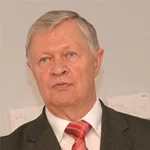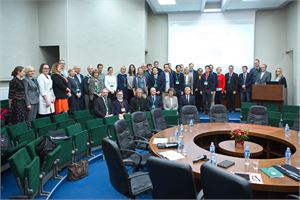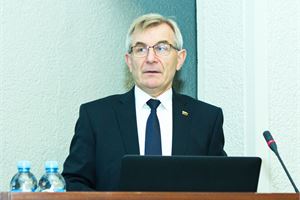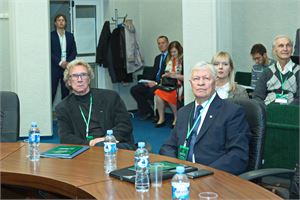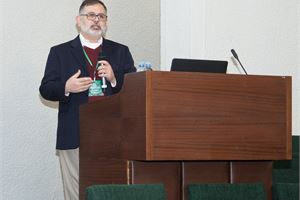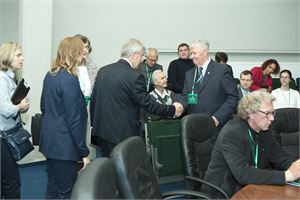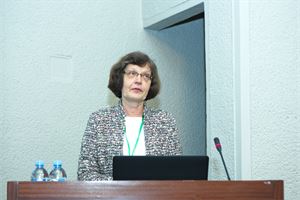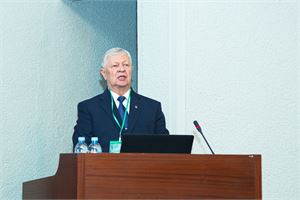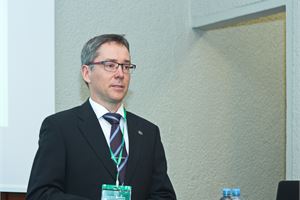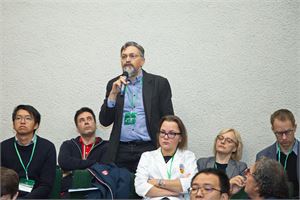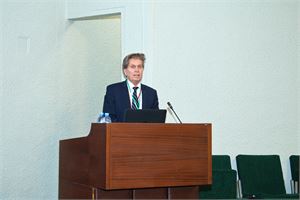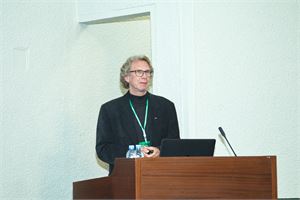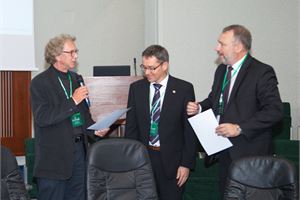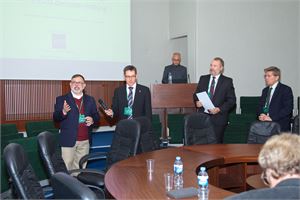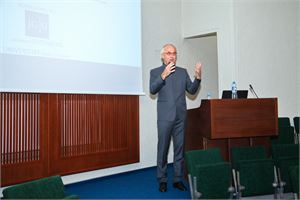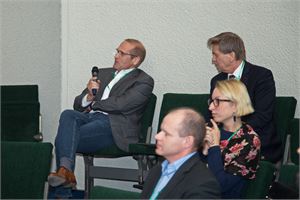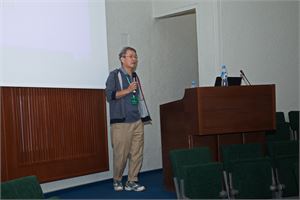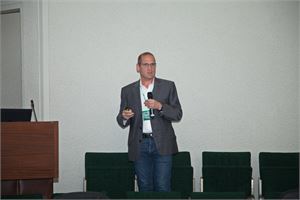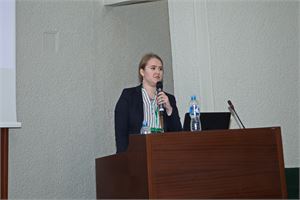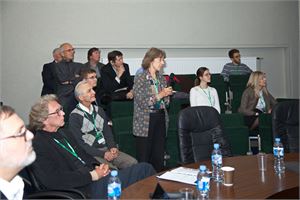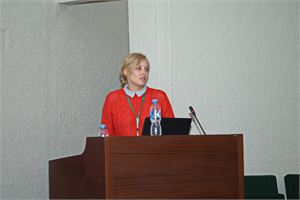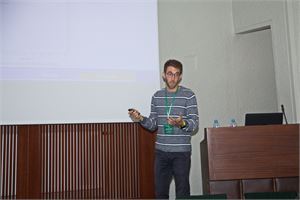40th International JVE Conference on Dynamics of Biological Systems is an integral part of Vibroengineering Series Conferences and was held in Kaunas, Lithuania. Internationally renowned invited speakers and contributing authors from all over the world presented the latest advances in the field of Biomedical Engineering of Dynamical Systems. This conference featured a broad range of high-level technical presentations including invited distinguished experts.
The conference provided an opportunity to communicate recent research advances, exchange ideas in innovative Biomedical Engineering technologies, meet old friends and make new business partners in Biomedical Engineering.
Conference was dedicated to researchers, scientists, engineers and practitioners throughout the world to present their latest research results, foster discussion, new ideas and develop partnerships. All JVE Conferences are integral part of the Series of Vibroengineering Conferences started in 1999. Vibroengineering Procedia is indexed in major scientific databases: Scopus, EI Compendex, Inspec, Gale Cengage, Google Scholar and EBSCO.
JVE conferences feature a broad range of high-level technical presentations, vibrant discussions and key experts and scientists from all over the world. The conference provides an opportunity to communicate your recent research advances, exchange ideas in innovative engineering technologies and enjoy endless networking advantages.
Keynote speakers

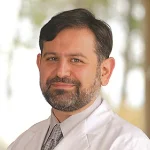



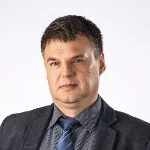


Endobiogeny is a theory of complex global systems analysis and integrative physiology. It was developed by physicians to assist medical decision making. Serum biomarkers are considered to be the downstream output of global upstream neuroendocrine regulators of metabolism. They are related through a combinatorial process, then algorithmically analyzed. This approach allows for a dynamic, integrated, interrelated and holographic approach to the human being at multiple scales of function. At microscopic biological scale, cellular processes can be evaluated. At the mesoscopic physiologic scale, tissue, organ and global organismic function can be evaluated. At the macroscopic phenomenological scale, psychological, social, and symbiotic tendencies, and, response to chronobiologic, geomagnetic and cosmobiologic demands can be evaluated. The system offers clinicians the ability to observe the evolution on the patient in response to interventions across space and time. This offers a new approach to precision and personalized medicine based on the organism’s expressed phenotypic capabilities for auto-regulation, rather than latent genetic possibilities.

The critical step in the preclinical evaluation of envisaged medical interventions (new drugs, stem cell applications, electroceuticals) is testing them on the laboratory animals. In case of the ischemic stroke, a clinically relevant animal model is middle cerebral artery occlusion (MCAO). Due to the complex cascade of events after brain ischemia, longitudinal follow up of stroke consequences is a crucial element, and it is enabled through assessing the morphological and molecular parameters by the in vivo imaging.
In our research, we use magnetic resonance imaging (7T Bruker MRI) and bioluminescence imaging (optical imager Perkin Elmer IVIS Spectrum) to follow up the animals up to 28 days after ischemic brain lesion. The dedicated collection of transgenic animals carrying luciferase reporters enables to get insight in neuroinflammation (Tlr2-luc/GFP transgenic mouse), axonal repair (Gap43-luc/GFP transgenic mouse), and apoptosis (caged-luciferin bioluminescence imaging). Each modality is informative individually, but we could show that using multimodal approach and standardizing the bioluminescence according to the MRI measurements enhances the detection of the significant changes among tested animal groups. In case of mice with Tlr2-deficiency, which exhibits modified neuroinflammation after ischemic lesion, the in vivo imaging revealed the enhanced elements of brain repair but as well prolonged and increased apoptosis.
The stroke, being a major health problem, is in need to be addressed through innovative approaches in order to help the patients and protect the healthy ones. The digital society being global and immediate generates both benefits and risks for the individuals expecting to be treated and cured by current advances of medical technologies. I would argue that translating the logic of the offline environment can create the confusion and impasses in the online context. The complexity of the digital geometries distort online space and time, having as a consequence disruption of the medical regulations and the risky individual trajectories in a search for health. The navigation through digital knowledge landscapes appears to be a key element of the person-centered health care.

This study proposes a stent motor as a medical device. A stent is a medical instrument inserted in a constricted part of a blood vessel to expand the blood vessel. However, the problem is that plaque accumulates around the installed stent and causes the blood vessel to narrow again. A stent motor is used to remove plaque. A stent motor consists of a receiver part to receive ultrasonic vibration and a stator part to drive the motor in the blood vessel. The purpose of this study was to develop a stent motor and determine its optimum design. It was possible to drive a stent motor by subjecting a disk-shaped receiver to strong ultrasonic vibrations. Experiments were performed on the stent motor with several types of receivers by changing their size and shape, and the efficiency was evaluated. Correlation between the design of the stent motor, such as the number of turns in the stator and the shape of the receiver, and the rotational speed was clarified.

The aging population is causing a significant increase in the prevalence of chronic diseases such as chronic kidney disease, atrial fibrillation, peripheral arterial disease, etc. Epidemiological studies have estimated 13 % of chronic kidney disease prevalence all over the world, 2% of atrial fibrillation and 20% of peripheral arterial disease in the population over 70 years of age. Often chronic diseases exist in parallel and make matters worse by putting a patient in comorbidity or multimorbidity state. Vicious cycles involving multiple organs and physiological systems, e.g., cardio-renal syndrome, are especially dangerous for a patient. It is hypothesized that continuous physiological monitoring, early diagnostics, and intervention could help to break such cycles. However, the monitoring technology must be unobtrusive to the patient; otherwise, the patient compliance will be low. To this end, researchers of the Biomedical Engineering Institute, Kaunas University of Technology, developed two types of unobtrusive personal health devices intended to be used at home: a wrist-worn multisensory device for continuous health monitoring and a multiparametric weighing scale for intermittent monitoring. The tools are used in several projects with clinical partners. The wrist-worn multisensory device is under testing in two projects related to arrhythmia (atrial fibrillation) monitoring after myocardial infarction and brain stroke. The multiparametric weighing scale is intended to be used by chronic kidney disease patients at home to prevent complications. The results of these studies will be presented.

Maintenance of energy homeostasis, i.e. the balance between caloric intake and energy expenditure, has to be maintained in a tight range to ensure health and survival. Throughout evolution, a sophisticated neuronal network has developed that integrate various streams of information from the body about energy availability. This network enables us to adapt a wide range of behavioral and autonomic responses to precisely control food intake, energy expenditure, and substrate flux across different peripheral organs. Dysregulation of the underlying homeostatic circuits causes prevalent diseases, such as obesity and type-2 diabetes mellitus, which are on an epidemic rise in industrialized societies.
At the example of regulation of food intake behavior, I discuss how the brain processes external sensory and internal homeostatic signals to initiate –dynamically– behavioral and physiological responses. Here, a focus will be on circuit-level models of metabolic mechanisms. In this regard, emphasis will be on those biological pathways that mediate individual differences in behavior and risk for (psycho-)pathology implicated in the control of body weight and energy homeostasis. Accordingly, I explore the role of reward processing and motivated behavior in obesity and related disorders.
Organizing Comittee



















Conference Program
Gallery
Sponsors and Partners
Conference in Kaunas, Lithuania was organized by JVE International with the partnership of Lithuanian University of Health Sciences, Kaunas University of Technology, Vytautas Magnus University, Vienna University of Technology (Austria), Silesian University of Technology (Poland), Hohai University (China), Barcelona University (Spain) and HeartMath Institute (USA).
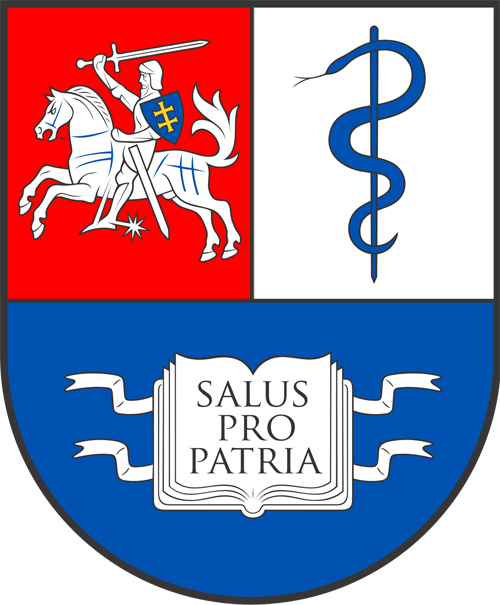

Kaunas University of Technology had its beginning on 16 February 1922, when the University of Lithuania and its technical faculties were established. The development of Lithuanian scientific ideas continued in the first Lithuanian independent technical school of higher education (in 1950–1990 titled Kaunas Polytechnic Institute (KPI)). It was famous for the ultrasound and vibrotechnics laboratories, and scientific research of textiles. In 1990 KTU regained its status of the university and took a path of rapid reforms of studies and research. The University continues to pursue sustainable partnership of science, business and industry, develops and implements new ideas, innovations and inventions.
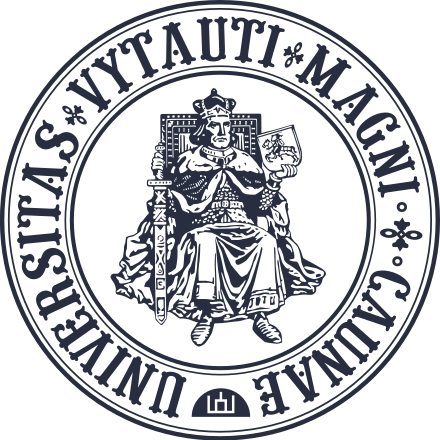

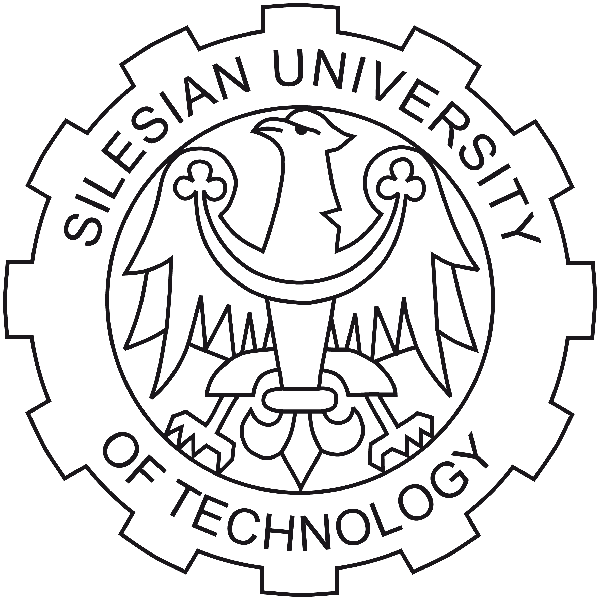
The Silesian University of Technology (SUT) - is the oldest technical university in the region and one of the most prestigious in Poland. It was established in 1945 as a scientific and educational facility for Upper Silesia, the most industrialized area in Poland, and one of the most industrialized in Europe. For over 70 years of its history, it has always been a public institution, playing a cultural and opinion forming role in the region.




